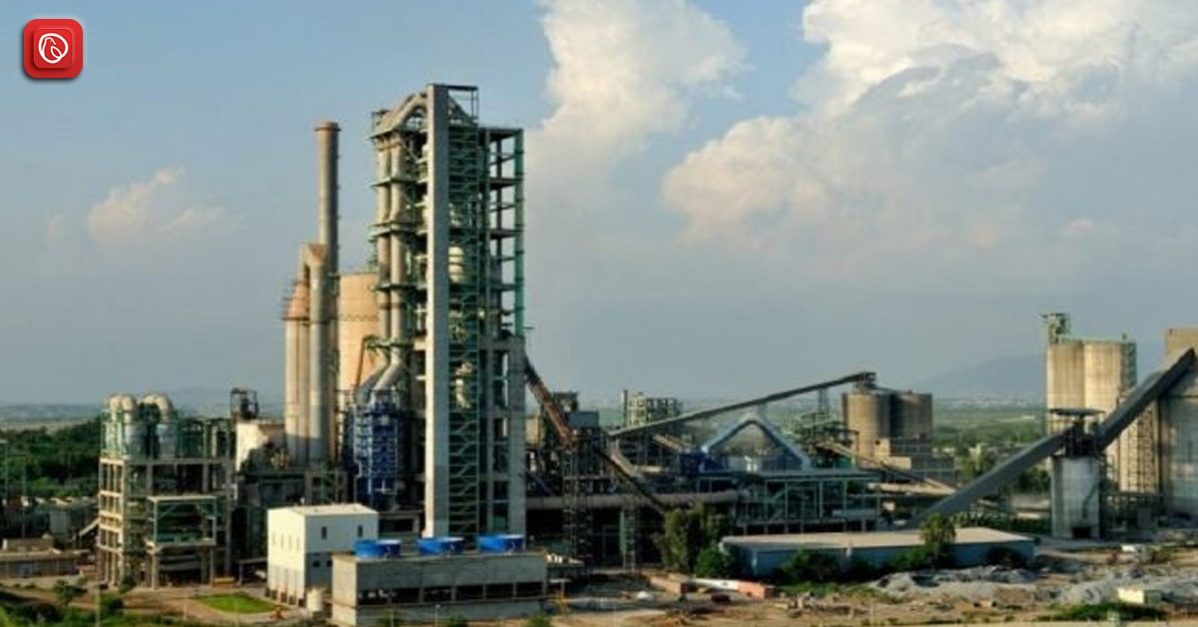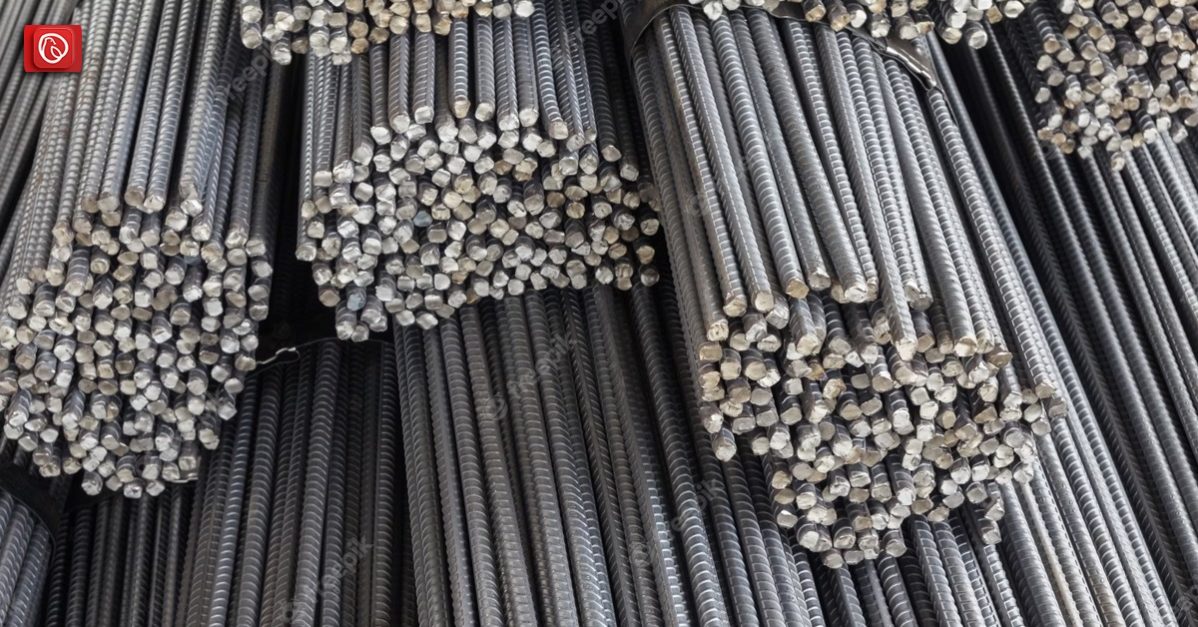Stones are one of the oldest and most essential building materials. They are known for their durability, toughness, and strength – of which historical monuments such as the pyramid of Giza, Mount Rushmore, Taj Mahal, and the Parthenon are living examples. Different types of stones are used in the construction industry.
In this blog, Graana.com, Pakistan’s smartest property portal, has come up with a list of types and use of stones used in construction, along with their pros and cons.
Granite
| What is a Stone? |
| Types of Stones Used in Construction |
| Granite |
| Marble |
| Laterite |
| Quartzite |
| Alabaster |
What is a Stone?
Stones are obtained from crushing rocks that make up the topmost layer of the earth. Moreover, they come in arbitrary shapes and have no defined size. Also, they have different chemical compositions.
Additionally, the stones meant to be used for construction purposes are supposed to be hard, sturdy, and devoid of any weathering and other such features that might affect the durability of the structure afterwards.
Depending upon their types and features, stones are used for the foundation, flooring, paving etc.
Types of Stones Used in Construction
Depending upon their types and features, stones are used for building the foundation, flooring, paving etc. Following are some of the different types of stones used in construction.
- Granite
- Marble
- Laterite
- Quartzite
- Alabaster
Granite
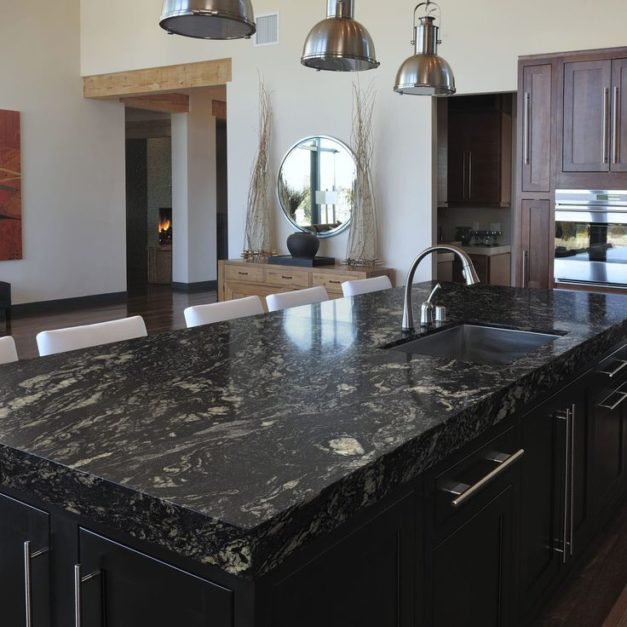
It is one of the most commonly used stone for construction purposes. The reason behind its popularity is its hardness, strength, and durability.
Moreover, it possesses an impressive compressive strength ranging from 100MPa to 250MPa. Graphite contains quartz, feldspar, and mica, which make it ideal for all sorts of construction projects. Among heavy construction, it is especially useful for the construction of curbs, pillars, retaining walls, wall cladding, dams etc.
The issue with this type of stone is that it shows a low resistance to fire. It is, however, perfect for use in buildings because it is resistant to acids. This means that it remains unaffected by things that are acidic, for instance; curd, vinegar, and lime juice.
This is the reason why granite stone is used for making kitchen countertops and floor slabs. In addition to that, it also shows great tolerance to extreme weathering.
Advantages of Granite
Following are the advantages of granite.
- It is durable and tough.
- It shows excellent abrasion resistance.
- Granite can be used as a floor covering.
- This stone can get through intense weather conditions owing to its extraordinary hardness.
- It has high shock-absorbing properties and is hard to break.
Disadvantages of Granite
Downsides of granite are as follows.
- Including the installation costs, the overall expense of granite is high.
- Installing granite stone takes a long time.
- Granite emits a tiny amount of gamma and beta radiation due to the natural presence of Uranium, therefore it might have adverse effects on health.
Applications of Granite
Granite is applied in the following areas.
- Cabinets and kitchen countertops,
- Floor covering,
- Granite Cobbles,
- Stairs, Curb stones and building fronts.
Marble
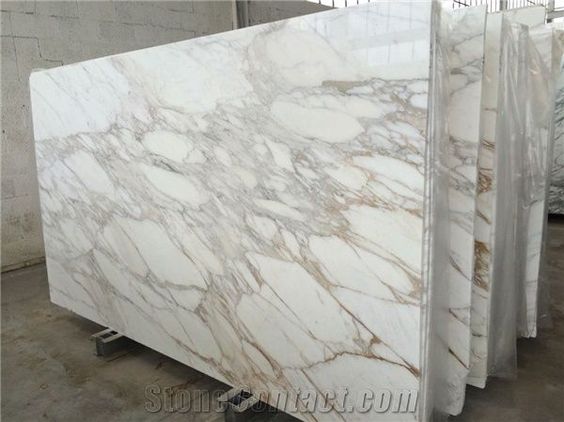
Marble is regarded as one of the best ornamental rocks which are frequently used as an ornament. It is composed of dolomite or calcite crystal. Moreover, its crystallised structure is due to extreme pressure and heat over time.
The compressive strength of marble makes it naturally sturdy and dense – about 70 MPa, while its gravity is almost 2.65.
Advantages of Marble
Following are some of the advantages of marble.
- Italian marble boasts eye-catching aesthetics.
- As per the durability it provides, marble flooring is quite long-lasting, and can be used for many years.
- Marble has the ability to withstand heavy loads.
- Marble is highly resistant to scratches.
- It can be polished time and again.
Disadvantages of Marble
The downsides of marble are as follows.
- Marble requires proper care and maintenance.
- It necessitates the right type of resin to add robustness to its surface and minimise cracks.
- Marble flooring requires adequate sealing.
- It is more prone to staining as compared to granite.
Applications of Marble
Here are some of the various applications of marble.
- Marble Flooring.
- Stairs
- Sculptures
- Shower trays
- Claddings
- Kitchen Countertops
- Work Surfaces
- Wall tiles
Laterite
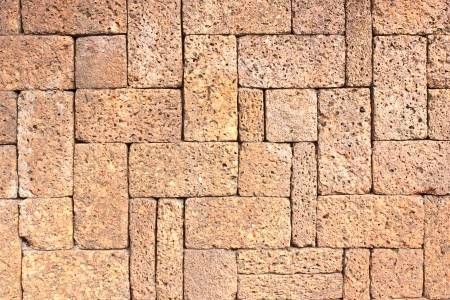
Laterite is another type of construction stone. It needs to be covered with plaster on the exterior, and is mainly composed of aluminium oxide and varying proportions of iron oxide content. Moreover, it can be easily cut into blocks.
The amount of iron present in laterite is responsible for determining its colour. It is typically found in shades of brown, yellow, grey, and red.
Besides, when it comes to strength, it can not be graded as a durable stone.
Advantages of Laterite
The advantages of laterite are as follows.
- Firstly, laterite is resistant to water and fire.
- Secondly, it comes with good insulation, which means it is energy-efficient.
Disadvantages of Laterite
The cons of laterite have been listed below.
- Firstly, laterite is susceptible to erosion.
- Secondly, its tensile strength is low.
Applications of Laterite
Laterite is used for following purposes.
- Blocks of laterite stone are utilised for constructing houses as masonry stuff.
Quartzite

As a result of high temperature and pressure, sandstone converts into quartzite. Two of the main features of quartzite stone are its granular texture and crystalline structure. Also, it is really hard and comes with a crushing strength of about 115 MPa.
Advantages of Quartzite
The advantages of quartzite are given below.
- Quartzite is highly durable.
- It is resistant to etching.
- It is low maintenance.
- Quartzite is relatively inexpensive.
Disadvantages of Quartzite
The disadvantages of quartzite are as follows.
- Firstly, the countertops made using quartzite can easily be damaged by sharp items.
- Secondly, it does not show good resistance to heat.
- Thirdly, quartzite requires sealing quite often.
Applications of Quartzite
The different uses of quartzite are as follows.
- Firstly, it is used to manufacture bricks and other strong building materials.
- Secondly, owing to a surge in its popularity, quartzite is now used as an ornamental stone as well.
- Thirdly, also, it can also be used in furniture, as tiles, or even as stone coverings.
Alabaster
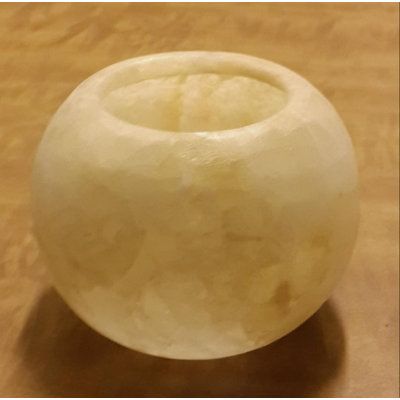
Besides being a very translucent stone, alabaster is a somewhat unconventional construction material. One of its most prominent features is its crystal-clear structure.
Additionally, it is not waterproof, hence, experts do not recommend it to be used in damp places. Also, it is soft and can be carved into any desired shape.
Advantages of Alabaster
The advantages of alabaster are as follows.
- Firstly, it offers great aesthetic appeal.
- Secondly, it can be stained/tinted easily.
- Thirdly, due to it being translucent, it gives a lighting effect.
Disadvantages of Alabaster
Here are the cons of alabaster.
- Alabaster can not be subjected to water without being treated beforehand.
Uses of Alabaster
Following are different applications of alabaster.
- Firstly, sculpting is one of its major uses.
- Secondly, as it offers visual appeal, decoration is one of its uses.
These are some of the different types of stones used in the construction industry. For more information on related topics such as building materials or construction materials, visit the Graana blog.


